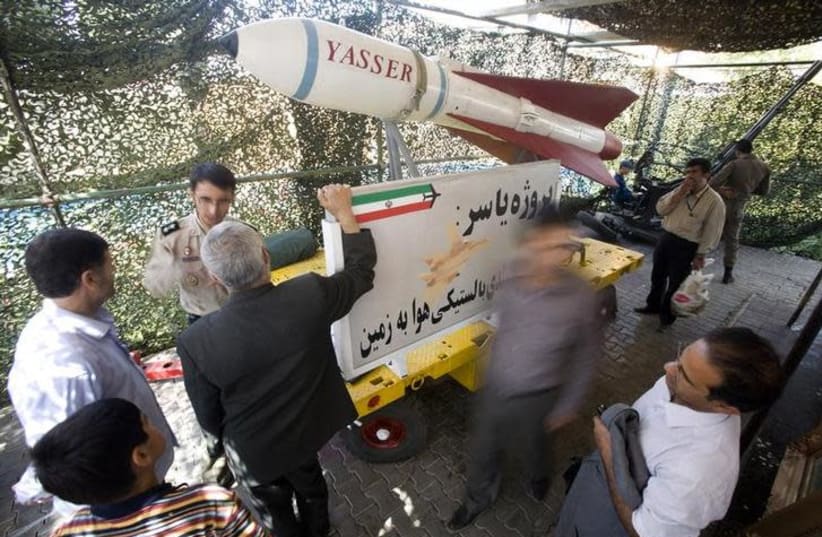A Related Video You May Like:
REPORTS also indicate that Asbar was a head of the Masyaf facility and was close to both Syrian leader Bashar Assad and Iran, a unique link in a network that ties Damascus to Tehran.Iran’s Press TV singled out Israel for blame in Asbar’s death. It noted that on July 22, the Masyaf facility was struck by a missile, which it also blamed on Israel. “Dr. Isbir was not present at the site,” Press TV claimed. How they would know that is unclear, unless of course members of the scientist’s staff told the Iranians or pro-Iranian media these details.The death of Asbar is reminiscent of other assassinations of high-profile individuals in Hamas and Hezbollah. For instance, Hezbollah commander Imad Mughniyah was killed in a car bomb in 2008 in Damascus, and a Hamas official was targeted with a car bomb in Lebanon in January 2018.The key role that Asbar allegedly played as a link between Assad and Iran also conjures up memories of Mahmoud Al-Mahbouh, who was assassinated in Dubai in 2010. Al-Mahbouh had helped arrange the movement of weapons from Iran to the Gaza Strip. As such, his death damaged the Hamas-Iran network.In 2012, Iranian scientist Mostafa Roshan was killed when his Peugot 405 was blown up in Tehran. He was a deputy director of a unit at the Natanz uranium enrichment center, according to CNN.Being a scientist connected to Iran, Syria, ballistic missiles and chemical weapons can be a dangerous business. The larger story is that this is the first high-level assassination of a SSRC member. This sends a message to Damascus that its facilities may not only be bombed, but that the brains behind them may suffer as well.Countless sites in Syria have been targeted by air strikes, many of them blamed on Israel by Damascus. However, in the last month, at least one facility at Damascus Airport was shown to have been rebuilt. That illustrates that Iran’s infrastructure can be easily repaired. Scientists who understand ballistic missiles, however, cannot be so easily replaced.
Syrian scientist killing is a message to Assad and Tehran
Does the death of Dr. Aziz Asbar represent a new phase in targeting an Iran-Damascus weapons program?
